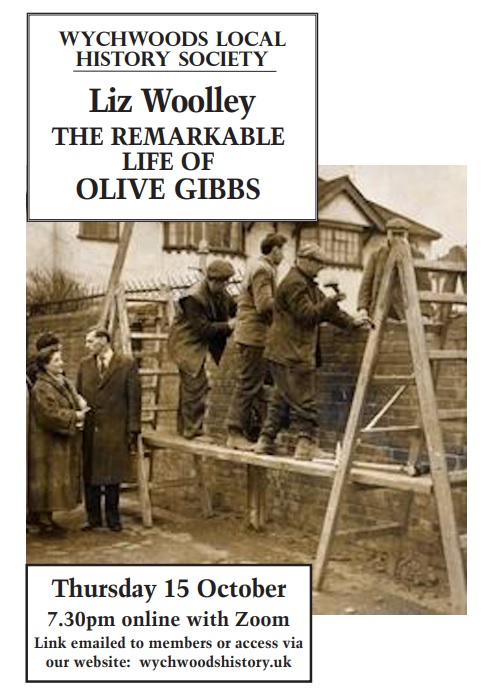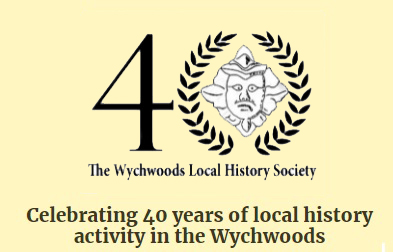The Initial Vision | 1981: The First Meetings of the Society | 1984/5: Meeting Patterns Established – First Publications | The 1990s: Highlights of the Decade | The New Millennium| Looking Ahead – Members’ Survey | Towards Digitalisation | Embracing Technology – Photograph Archive Scanning | 2016/18: Website Re-launched | The 2020s: Moving Forward
The 2020s: Moving Forward
The newsletter in 2016 reported that, “If we are unable to attract new Committee members to fill the vacant roles a proposal will be made at the AGM that after the 2016 2017 Season we place the Society into ‘hibernation’. This will mean that the Society will continue to exist but we will not run a programme of meetings in the 2017 2018 Season”.
Fortunately, new people were found and it is thanks to Roger Watts that the present small but strong committee has been put together – even including Sue Richards forming a valued link with the very early days of the WLHS when she first joined the committee in 1983. Janet Wiltshire, herself a descendent of an Ascott Martyr became the Society’s Treasurer and part of this small group.
Managing the Current Uncertainties | Success via Creative Use of Technology
Then the Covid Pandemic struck in the Spring of 2020 and meetings were no longer possible in Milton Village Hall. Roger Watts, as Chairman and Meeting Secretary thankfully took control of the situation and arranged for all meetings to convert to Zoom format over the internet.
These meetings were also shared with Charlbury History Society. Attendances were surprisingly good – showing how far we had come in reducing the level of aversion to digital technology since the survey of 2012! Subscriptions were suspended for one year in 2020.

Now we are looking forward to resuming face to face meetings in Milton Village hall and celebrating the 40th Anniversary of the Society with a small exhibition and additional relevant material uploaded on the expanded and much improved website.
What still remains to be done in the longer term?
Thanks to the efforts of committe member Sue Richards, we have obtained a generous grant from the Greening Lamborn Trust to enable the digitalizing of the remaining Journals so that they can be uploaded to the Society website in a form which allows searching.
There is still a small amount of scanning of archive images to be completed as well as the digitalizing of quite a few audio tapes.
There is the ongoing problem of what to do with the Society’s archives for so long kept and maintained by Joan Howard Drake. It is not a coincidence that the Society is not carrying out the same amount of quality original research as it did in its earlier days. This is facilitated by easy access to archive material.
We need to step up the recording of memories and experiences with older members of the Wychwoods Community.
Just before the pandemic broke, Alan Vickers visited a number of local history societies in Western Australia. Often these had fewer members than the WLHS and certainly less history to cover but they had the use of enviable centres to work in – mostly surplus Victorian buildings for which they paid a peppercorn rent. One example was an old Victorian police station.
Perhaps we need to be more awake to recognising such possibilities especially when developers continue to put forward schemes to cover more of West Oxfordshire. We could apply for developers to be obliged to include public schemes to benefit local history but we need to recognise this as a priority.
Clearly there is still much we can do. But we are building on firm foundations.
AWV / September 2021


